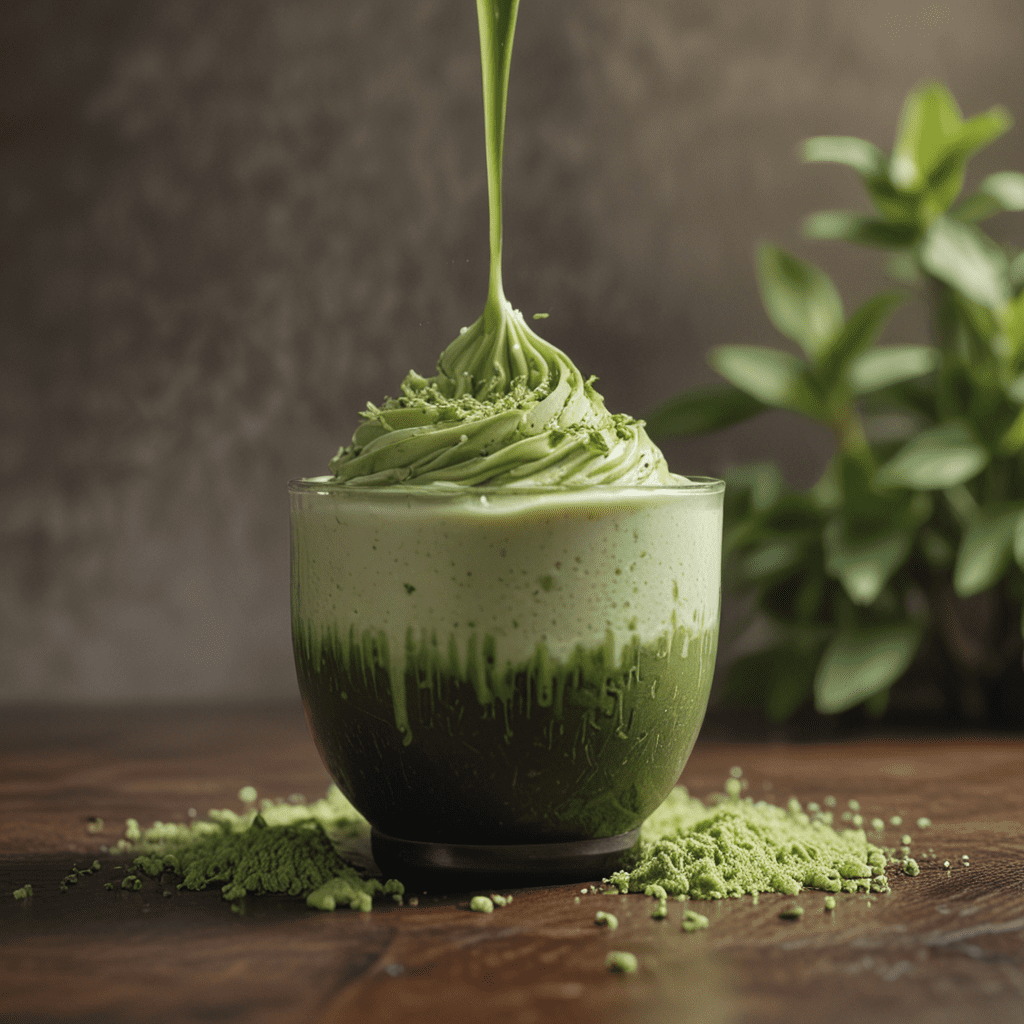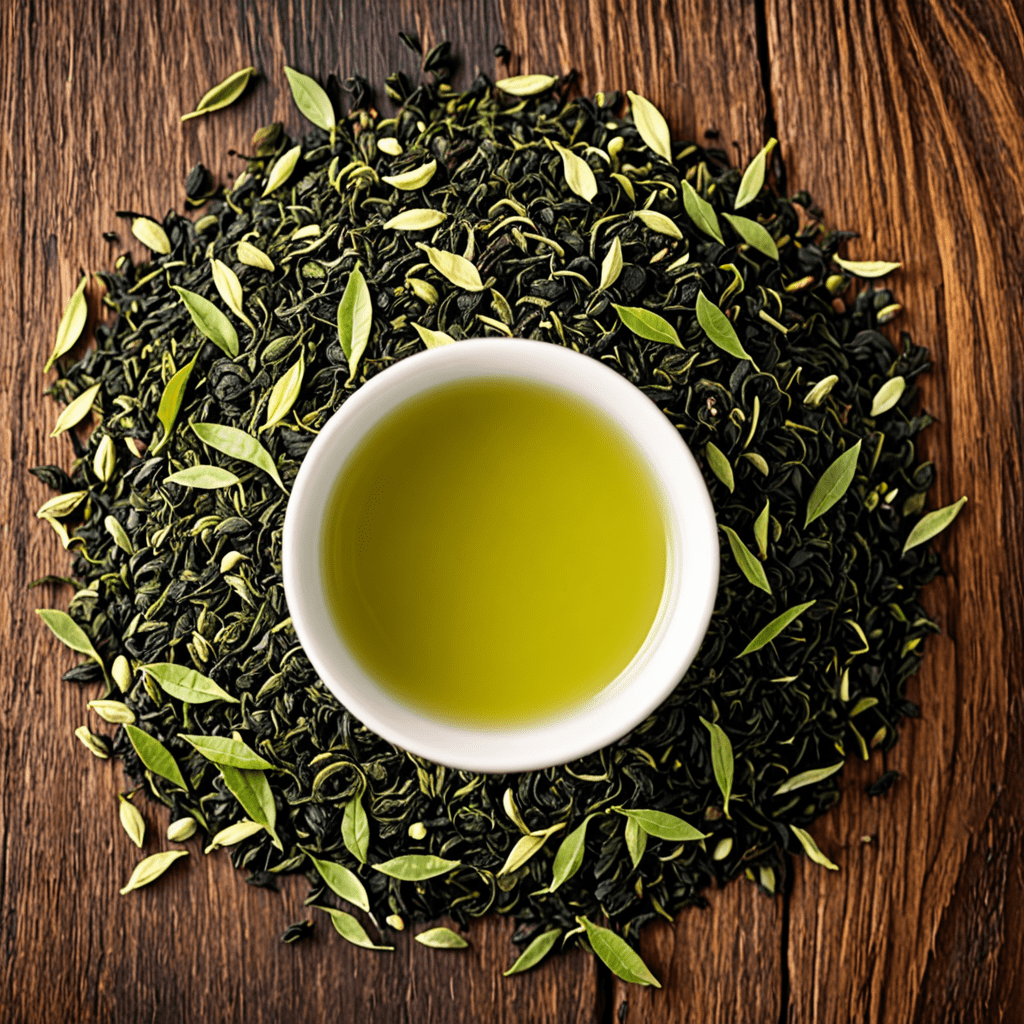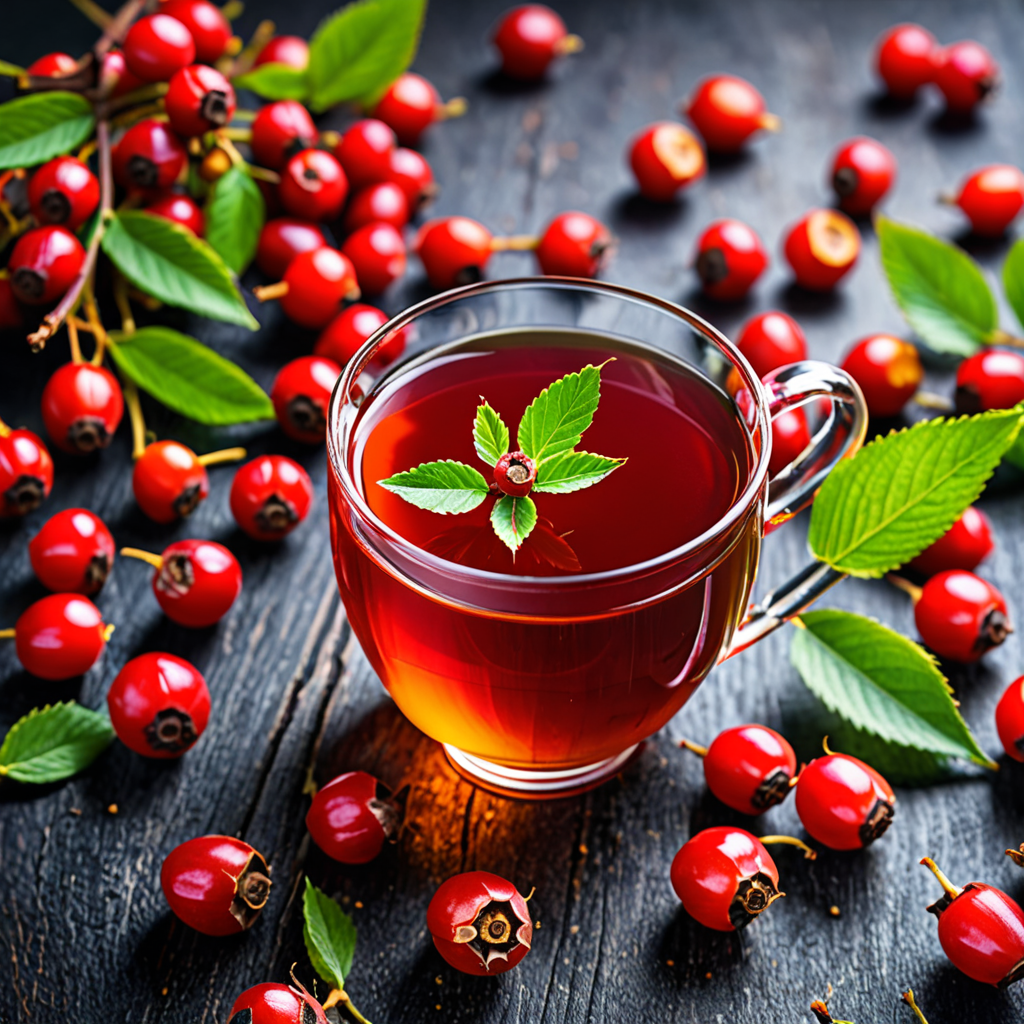
The Rise of Matcha in Western Tea Culture
Matcha, a powdered green tea with origins in ancient Japan, has recently gained remarkable popularity in Western tea culture. Its vibrant emerald hue, distinct umami flavor, and an array of health benefits have captivated tea enthusiasts and culinary adventurers alike. As a versatile ingredient, matcha adds an exquisite touch to traditional tea ceremonies, modern beverages, and culinary creations, catering to the evolving preferences of Western tea culture.
Historical Origins and Traditional Relevance of Matcha
The history of matcha can be traced back to the 12th century when Zen Buddhist monks in Japan discovered its revitalizing effects during meditation. Matcha became an integral part of the Japanese tea ceremony, known as chanoyu, a ritualized practice emphasizing mindfulness and appreciation for the present moment. Traditionally, matcha is prepared in a specific manner, using a bamboo whisk (chasen) and a tea bowl (chawan), evoking a sense of tranquility and connection to Japanese culture.
The Health Benefits and Nutritional Value of Matcha
Matcha is not only a flavorful tea but also a powerhouse of nutrients. It contains an abundance of antioxidants, including the renowned epigallocatechin gallate (EGCG), which has been linked to various health benefits, such as reduced inflammation, improved cardiovascular health, and even certain types of cancer prevention. Furthermore, matcha is rich in L-theanine, an amino acid that promotes relaxation without causing drowsiness, making it an ideal choice for those seeking a balanced and energizing beverage.
Matcha's Adaptability in Culinary Creations
Beyond its traditional preparation, matcha has found widespread acceptance in culinary applications. Its vibrant green color and umami taste enhance the visual appeal and flavor profiles of various dishes. Chefs and home cooks alike incorporate matcha into pastries, cakes, cookies, and ice cream, adding a unique twist to their creations. Matcha-infused smoothies, lattes, and cocktails have also become popular, offering a refreshing and healthy option for those seeking a flavorful beverage.
The Rise of Specialty Coffee Shops and Matcha's Integration
In recent years, specialty coffee shops have embraced the matcha trend, offering a broader audience access to this unique tea. From traditional tea preparations to innovative matcha-infused coffee drinks, these establishments have played a significant role in popularizing matcha in Western tea culture. The availability of matcha in coffee shops has made it more accessible and introduced it to a wider range of consumers, helping to demystify its preparation and highlight its versatility beyond traditional tea ceremonies.
Social Media and the Influence on Matcha's Popularity
Social media platforms have been instrumental in the surge of matcha's popularity in Western tea culture. Through captivating visuals and engaging content, social media influencers, tea enthusiasts, and culinary creatives have shared their love for matcha, showcasing its versatility and health benefits. The visual appeal of matcha, with its vibrant green color and intricate preparation methods, has attracted attention on platforms such as Instagram and TikTok, generating curiosity and inspiring others to try it.
Variations and Innovations in Matcha Blends
To cater to diverse taste preferences, a range of matcha blends and variations have emerged. From traditional ceremonial-grade matcha to culinary-grade matcha with varying flavor profiles, these variations allow consumers to tailor their matcha experience to their liking. Some blends incorporate other natural ingredients, such as herbs, spices, or fruits, creating unique flavor combinations that appeal to a broader audience. Innovation in matcha blends has contributed to its growing popularity in Western tea culture, as it offers something for every palate.
Sustainability and Ethical Considerations in Matcha Production
As matcha's popularity continues to rise, sustainability and ethical considerations have come to the forefront. Matcha enthusiasts are increasingly seeking matcha produced with sustainable farming practices that prioritize soil health, biodiversity, and fair labor conditions. Certifications such as organic and fair trade have become important factors for consumers, ensuring that the matcha they purchase aligns with their values. Ethical considerations also extend to the sourcing of matcha, with a growing preference for matcha provenientes from traditional tea-growing regions of Japan, known for their high-quality standards and centuries of expertise.
Conclusion: The Enduring Legacy of Matcha in Western Tea Culture
Matcha has established itself as a vibrant and enduring presence in Western tea culture. Its unique flavor, health benefits, and versatility have captured the imagination of tea enthusiasts and culinary adventurers alike. As matcha continues to evolve and innovate, it is poised to maintain its popularity, offering a rich and rewarding tea experience that blends tradition, modernity, and a touch of the extraordinary.
FAQs
What is the difference between ceremonial-grade and culinary-grade matcha?
Ceremonial-grade matcha is of the highest quality, finely ground, and has a vibrant green color and rich umami flavor. It is traditionally used in Japanese tea ceremonies and is considered the premium grade of matcha. Culinary-grade matcha is still high-quality but has a coarser grind and a less intense flavor, making it more suitable for culinary applications such as baking and smoothies.
How can I incorporate matcha into my daily routine?
Matcha can be enjoyed in various ways:
- Traditional tea preparation: Whisk matcha powder with hot water using a bamboo whisk and tea bowl for a traditional Japanese tea ceremony experience.
- Matcha lattes: Combine matcha powder with steamed milk for a creamy and energizing beverage.
- Smoothies: Add matcha powder to your favorite smoothie recipe for a boost of antioxidants and flavor.
- Baking: Incorporate matcha powder into cakes, cookies, and other baked goods for a unique green tea flavor.
Where can I find high-quality matcha?
When purchasing matcha, look for reputable brands that prioritize sustainability and ethical sourcing. Check for certifications such as organic and fair trade to ensure the quality and integrity of the matcha. Specialty tea shops and online retailers specializing in Japanese tea are excellent sources for finding high-quality matcha.

